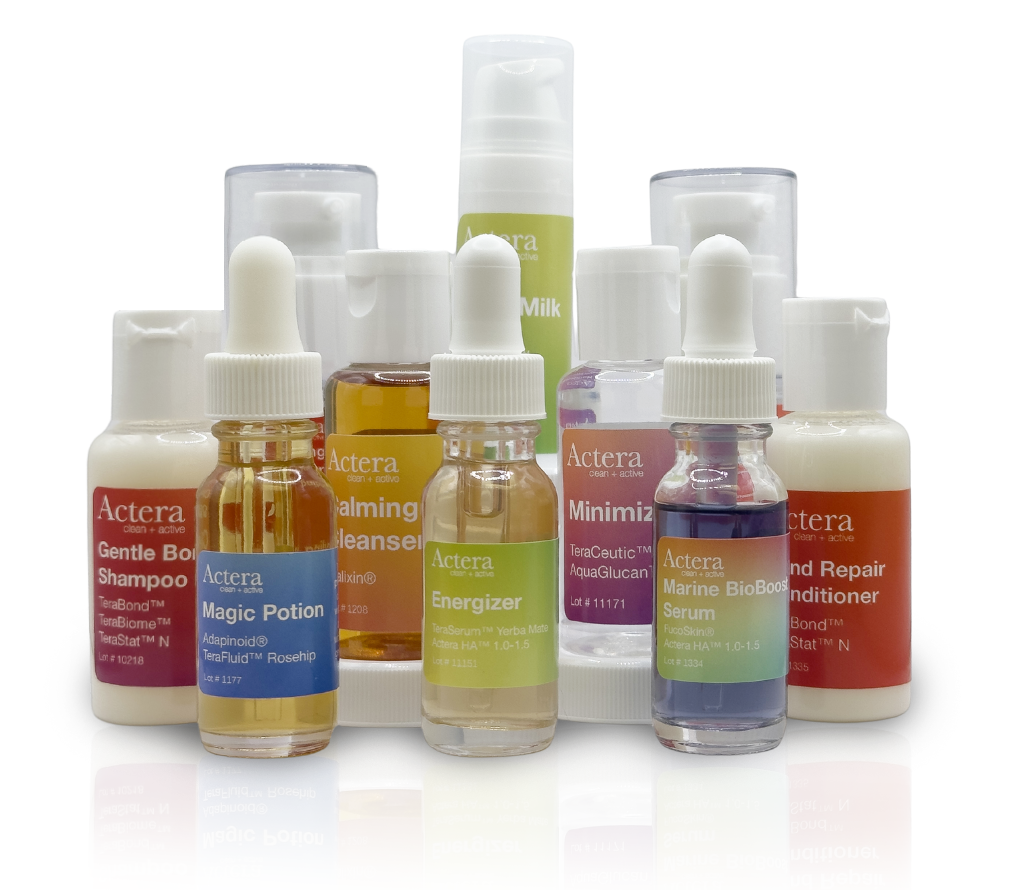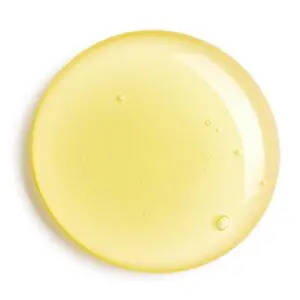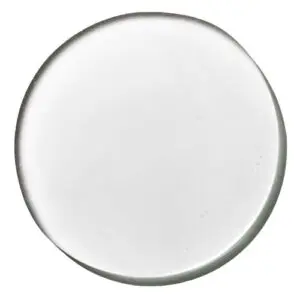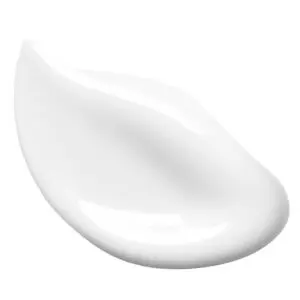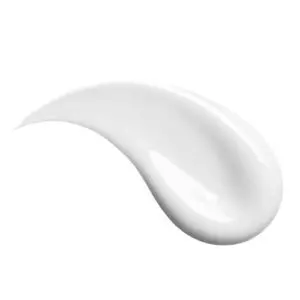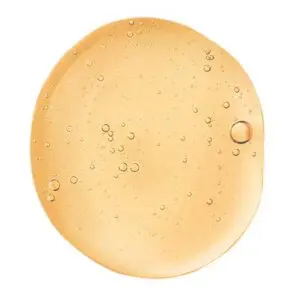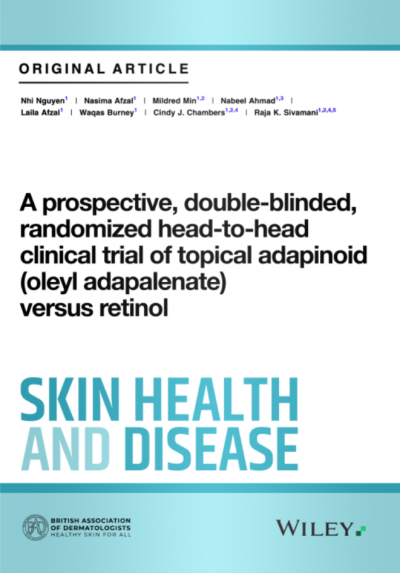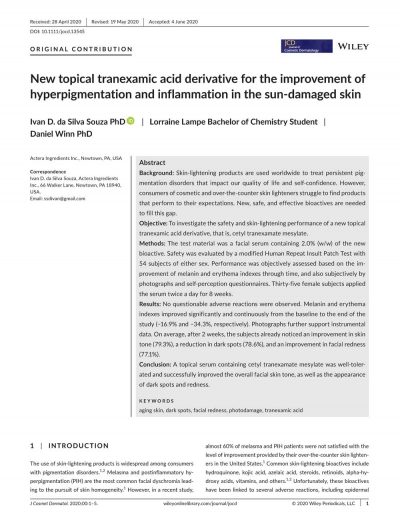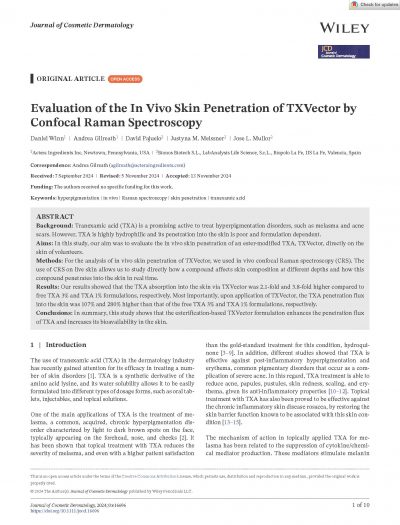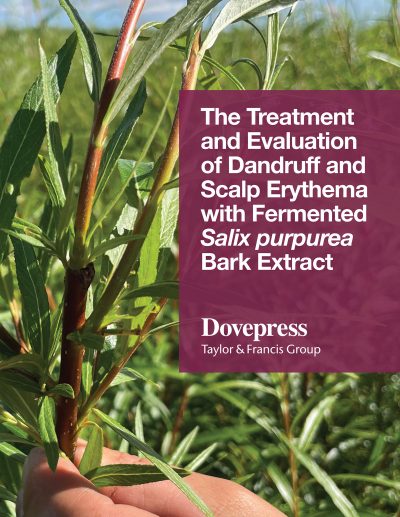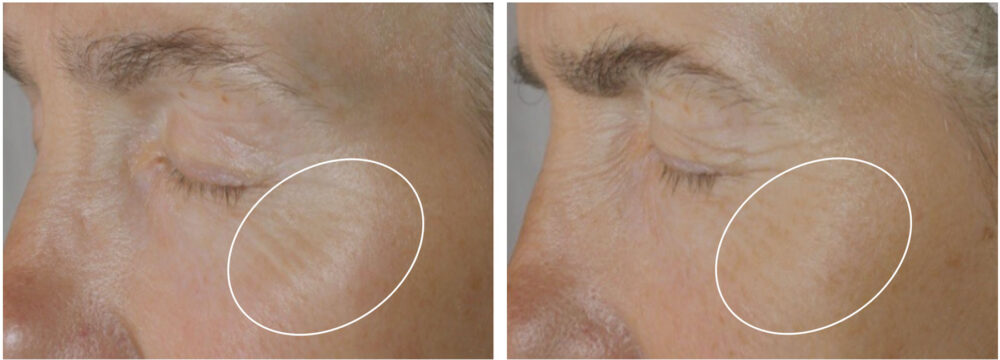Formulation Freedom Without the Frustration
Formulating with retinol often feels like walking a tightrope. It degrades instantly under light, heat, and air, forcing chemists to load formulas with stabilizers that can compromise texture and elegance. Even when stabilized, potency can drop over time, leading to inconsistent consumer experiences. With Adapinoid, those problems simply don’t exist. The molecule was designed for robust stability in modern formulations, making it compatible with creams, serums, gels, and even water-based systems without the typical retinol headaches. Imagine spending less time fighting degradation and more time designing textures consumers actually love. Adapinoid can be heated and incorporated into the formula by simply adding it to the oil phase. Unlike traditional retinoids that often make formulas an unpleasing bright yellow color, Adapinoid allows elegant pure white creams that are more aesthetically pleasing to the consumers.
Clinically Proven to Outperform Retinol
Efficacy is where Adapinoid truly stands above the rest. In a recent clinical study on subjects with signs of aging and photodamage, Adapinoid significantly outperformed retinol in measured skin improvements. After just eight weeks, participants saw a 35% reduction in fine lines and wrinkles and a 42% improvement in skin smoothness, with 90% reporting zero irritation — numbers that retinol-based products struggle to achieve. Traditional retinols are also known for compromising the skin barrier, making the skin feel dry, tight, flakey, and irritated. Clinical results showed that Adapinoid reduced transepidermal water loss 70x more than retinol. For developers, this is a ready-made marketing claim that speaks directly to consumer pain points.
Set the Trend, Don’t Chase It
The industry is already shifting. Consumers are more educated than ever, and their patience for irritation and downtime is nonexistant. Major beauty players are racing to bring next-generation retinoids to market, and Adapinoid is at the center of that movement. If your brand isn’t exploring it now, you risk being left behind in a category that is quickly moving past traditional retinol. Product developers who embrace Adapinoid today have the chance to lead the conversation and dominate a new wave of skin renewal launches before competitors catch up.
FAQ: What Product Developers Need to Know About Adapinoid
Is Adapinoid stable in different formulation types?
Yes. Unlike retinol, Adapinoid doesn’t degrade and remains stable and potent in emulsions, anhydrous systems, sprays, sticks, etc. This significantly expands formulation freedom.
What concentration of Adapinoid is typically effective?
Efficacy is achieved between 0.16-0.5%. Adapinoid was clinically tested for aging at 0.5%. Lower use levels can be used for targeting acne-prone skin.
How does Adapinoid compare to retinol in irritation potential?
In clinical studies, over 90% of participants reported zero irritation, even at higher use levels, making it a safer, consumer-friendly option.
Can Adapinoid be combined with other active ingredients?
Yes. Its stability profile allows easy pairing with niacinamide, peptides, antioxidants, and even exfoliating acids like salicylic acid, unlocking unique multi-active systems without destabilization. Adapinoid is often combined with TXVector, an ester pro-drug of tranexamic acid, to target active breakouts and post-inflammatory erythema (PIE) from acne scars.
Does Adapinoid work in sensitive-skin formulations?
Absolutely. Adapinoid has been shown to deliver high performance while remaining gentle, making it ideal for products marketed toward sensitive skin users who can’t tolerate retinol.
What are the regulatory considerations of Adapinoid?
Unlike other retinoids, Adapinoid is a non-OTC cosmetic-grade ingredient for cosmetic use across the globe with fewer compliance hurdles than traditional retinoic acid derivatives.
How fast are Adapinoid results seen?
In studies, visible improvements in tone and texture were seen in as little as four weeks, with significant wrinkle reduction by eight weeks, much faster than many retinol benchmarks which are typically studied for 3-6 months to see results.
Can Adapinoid support claims beyond anti-aging?
Yes. Because of its mechanism and structure, Adapinoid works well for skin renewal and barrier support. Adapinoid can support claims around brightening, texture refinement, and acne-prone skin care.
Does Adapiniod require special packaging like retinol?
No. Adapinoid’s inherent stability allows for standard packaging formats. There is no need for opaque tubes, airless packaging, or special filling methods.

